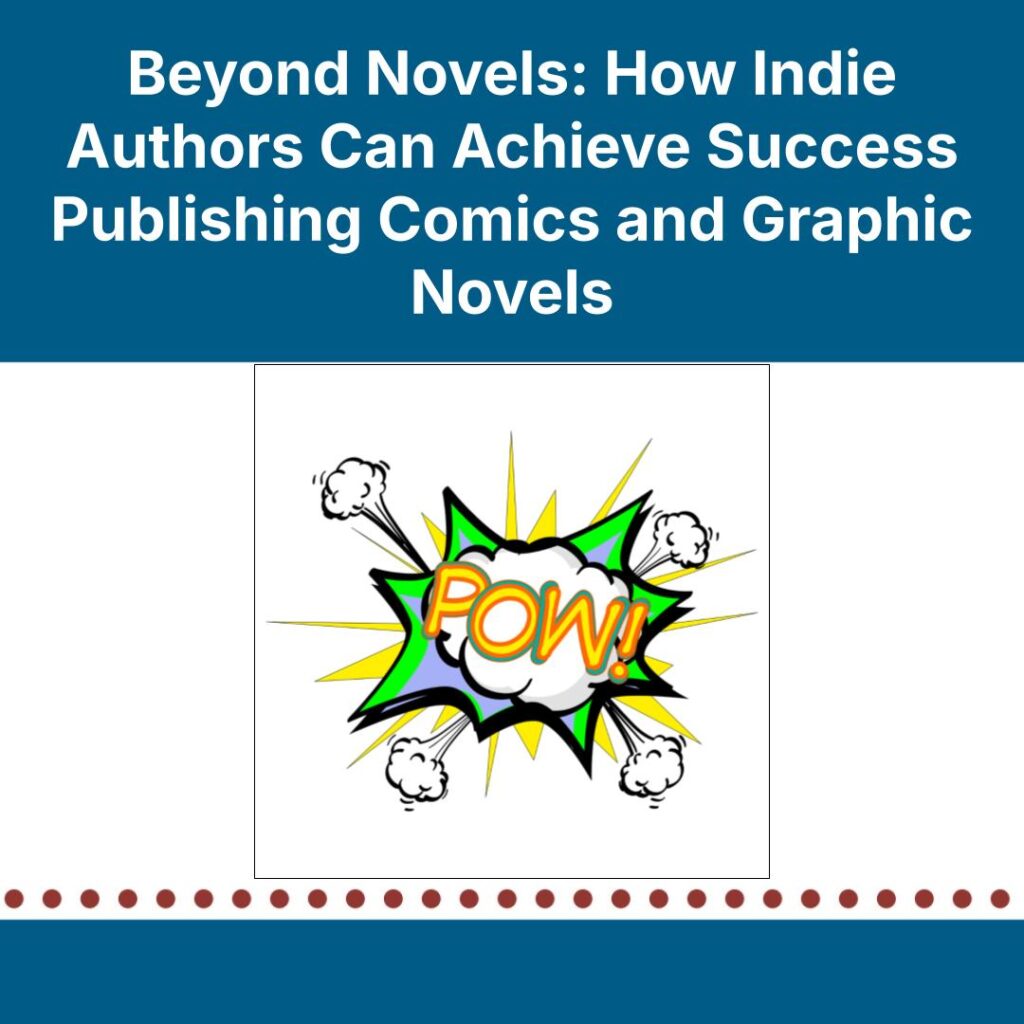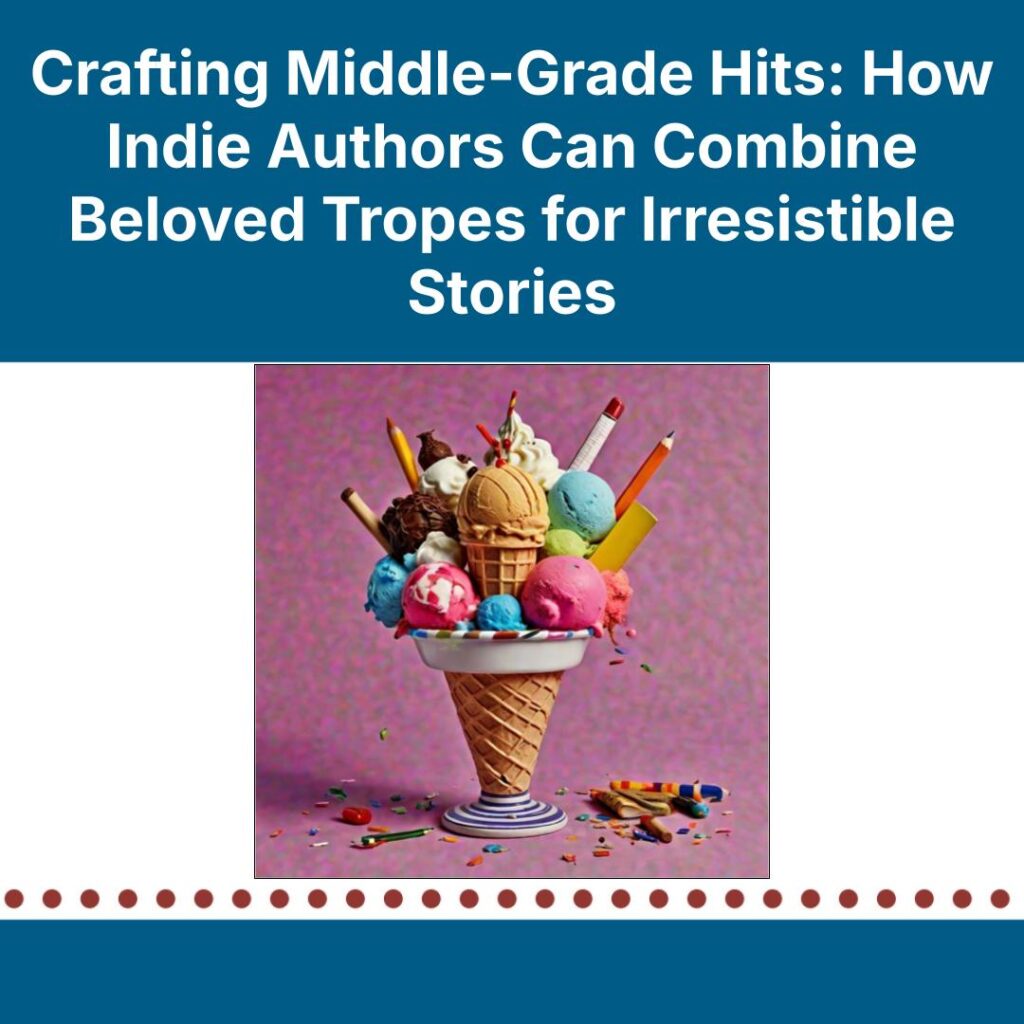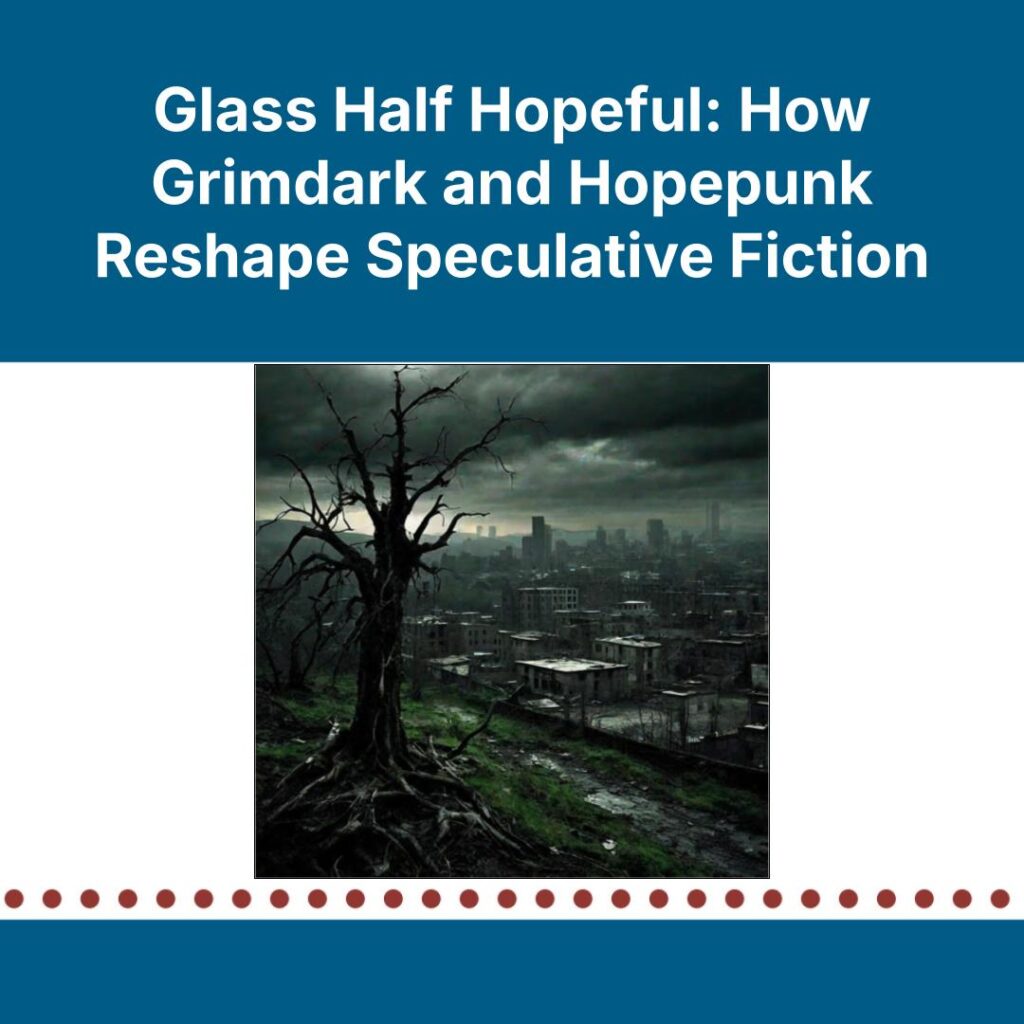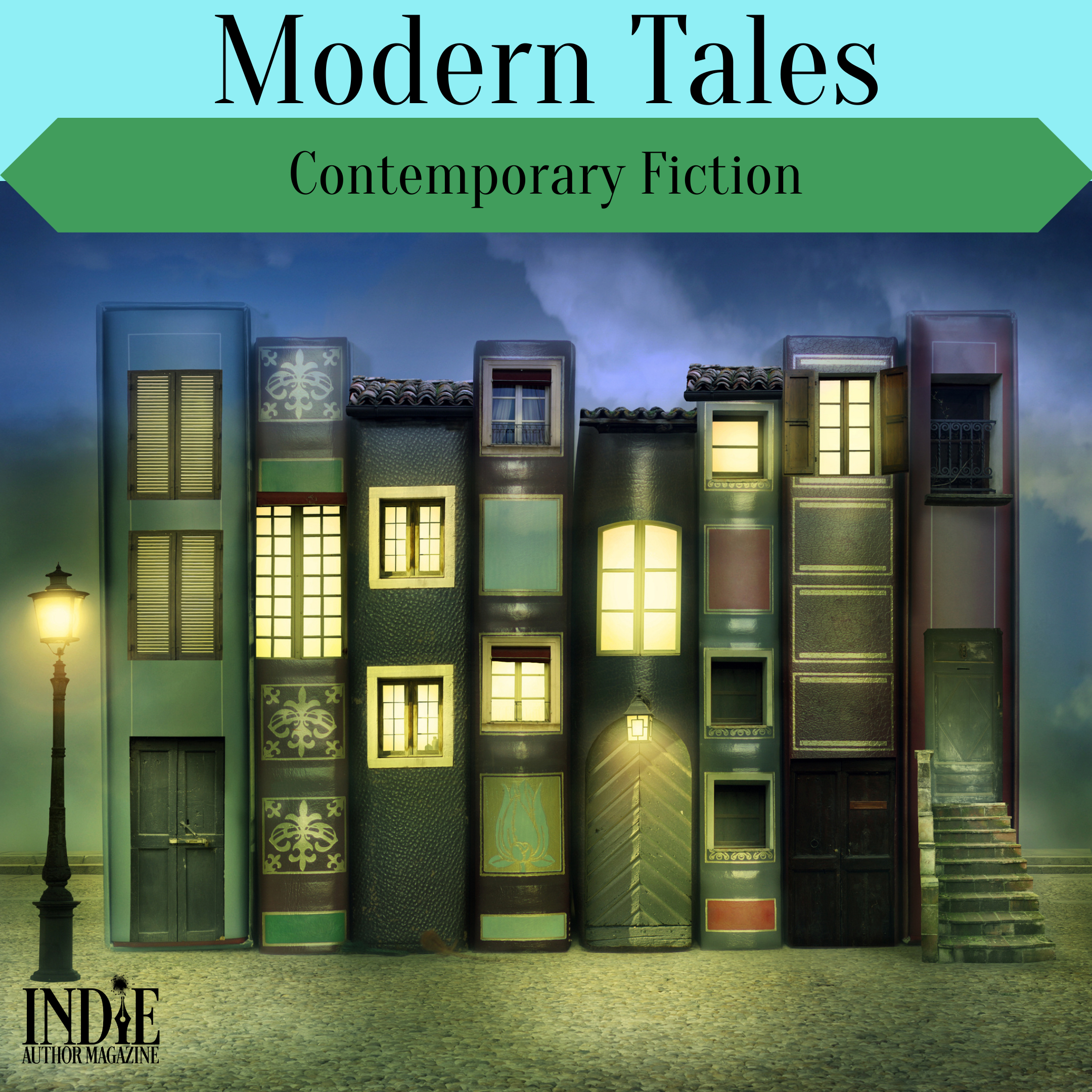If you’ve ever needed a reason to save your brainstorming documents—yes, all of them—let Kevin Eastman and Peter Laird offer one.
In the middle of a brainstorming session in 1983, Eastman jokingly sketched a humanoid turtle wearing a ninja mask. By the end of the evening, Eastman’s sketch had been joined by three similar turtles. As the story expanded, the two wove in parodies of a few favorite comic stories at the time. The radioactive waste from Daredevil gave the turtles their mutated forms, and the rat who became their master bore a similar name to the hero’s master in the comics.
A year later, in May 1984, Leonardo, Donatello, Raphael, and Michelangelo kicked and flipped across the page and kick-started the “Turtlemania” craze that continues even today.
But the origin story of the Teenage Mutant Ninja Turtles in the publishing world was not so straightforward. The first comic to include the turtles was printed in black and white, funded by a tax refund from Eastman’s uncle. Eastman and Laird created Mirage Studios to independently publish what they assumed would be a single-issue comic.
Today, that single-issue comic has spawned so many movies, comics, video games, and other spinoffs it’s hard to count them all.
Eastman and Laird are far from the exception in comic book publishing—and why would they be? As with novels, authors who have independently published comics, either as unique projects or to expand their fictional story worlds through transmedia, have seen titles launch their careers to new and impressive levels of success.
“What’s happened, which I find fascinating—and I talked about this at Author Nation, when I did my panel last year with Tony [Lee], and at the final 20Books, I did a panel with Kevin J. Anderson and some other creators—there's so many ways that comics can now be self-published that didn't exist when I started doing that in 1997,” says Robert Napton, senior vice president and publisher at Legendary Comics.
One Medium, Many Genres
Napton, a comic book writer and editor himself, began his career at Image Comics in the 1990s—a company formed by seven artists who had left Marvel Comics and DC Comics to form their own independent movement within the industry. Napton then worked with a friend to self-publish his first comic. “I think that gave me a perspective on comic publishing that was like, ‘Okay, you can sort of make a go of it, and you don't necessarily have to be working for one of the Big Two,’” he says, referring to Marvel Comics and DC Comics. “So it's kind of the same mentality, almost, as indie authors have. You know, it's like traditional versus kind of going your own way.”
Today, Napton says, comic book creators, also like indie authors, turn to platforms like Kindle Direct Publishing or crowdfunding sites like Kickstarter to launch their titles while maintaining ownership and control over their stories.
They aren’t just for superhero stories, either. When Japanese manga became popular with the comic book audience in the US in the 1990s and early 2000s, Napton says, the range of genres represented in the medium exploded. “Manga really kind of blew that open, in the same way that I think indie authors can get really focused on a very narrow genre and really make a success of it.”
Today, the range of genres popular in comic books and graphic novels is as broad as their text-focused counterparts, spanning from Horror to Slice of Life, Fantasy and Sci-Fi to Boys’ Love. “Comics aren't just like Superman and Batman, which I love,” Napton says. “But there are other things. There's lots of other genres and subgenres now that just didn't exist ten years ago.”
Different Brushstrokes
Comic books and graphic novels share many of the same spaces as novels, and have the ability to see just as much success within independent publishing. But Napton emphasizes they are still a separate medium. Stories are told differently, with different pacing and audience expectations. In comic books, for example, stories are told episodically, meaning creators must focus on short story arcs that end in cliffhangers to keep readers invested.
Some people may view comics as a cheaper way to visualize a story than transforming it into a movie or TV show, Napton says, but he emphasizes that comics take a lot of work to produce as well. Many authors will need to hire an artist to create the imagery to go with the story, for example, requiring a long-term collaborative partnership. “It's very important to love comic books for their own sake,” Napton says.
In spite of the differences, however, Napton wants to encourage authors to explore the medium—whether it’s to tell a new story or expand on one they’ve already published as a novel. Visual mediums can make stories more accessible, attract new readers, and expand your business. Plus, there are countless examples of comics and graphic novels opening doors to other visual storytelling opportunities down the road—just look at the superhero titles filtering through the box office later this year, scroll through the anime adaptations available on streaming services, or consider where Eastman and Laird’s weapon-wielding mutant turtles have ended up.
As with novel writing, read comics and graphic novels in your genre, reach out to other creators, and research the medium as its own form of storytelling rather than through the lens of being an author. Most importantly, remember “it’s exactly like being unpublished and approaching the idea of writing your first book and learning everything,” Napton says. “You know, there's a learning curve for sure, but it's absolutely doable, achievable.”
Nicole Schroeder
Nicole Schroeder is a storyteller at heart. As the editor in chief of Indie Author Magazine, she brings nearly a decade of journalism and editorial experience to the publication, delighting in any opportunity to tell true stories and help others do the same. She holds a bachelor’s degree from the Missouri School of Journalism and minors in English and Spanish. Her previous work includes editorial roles at local publications, and she’s helped edit and produce numerous fiction and nonfiction books, including a Holocaust survivor’s memoir, alongside independent publishers. Her own creative writing has been published in national literary magazines. When she’s not at her writing desk, Nicole is usually in the saddle, cuddling her guinea pigs, or spending time with family. She loves any excuse to talk about Marvel movies and considers National Novel Writing Month its own holiday.









